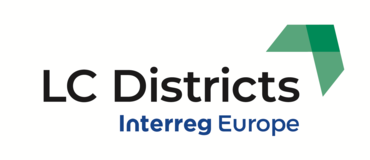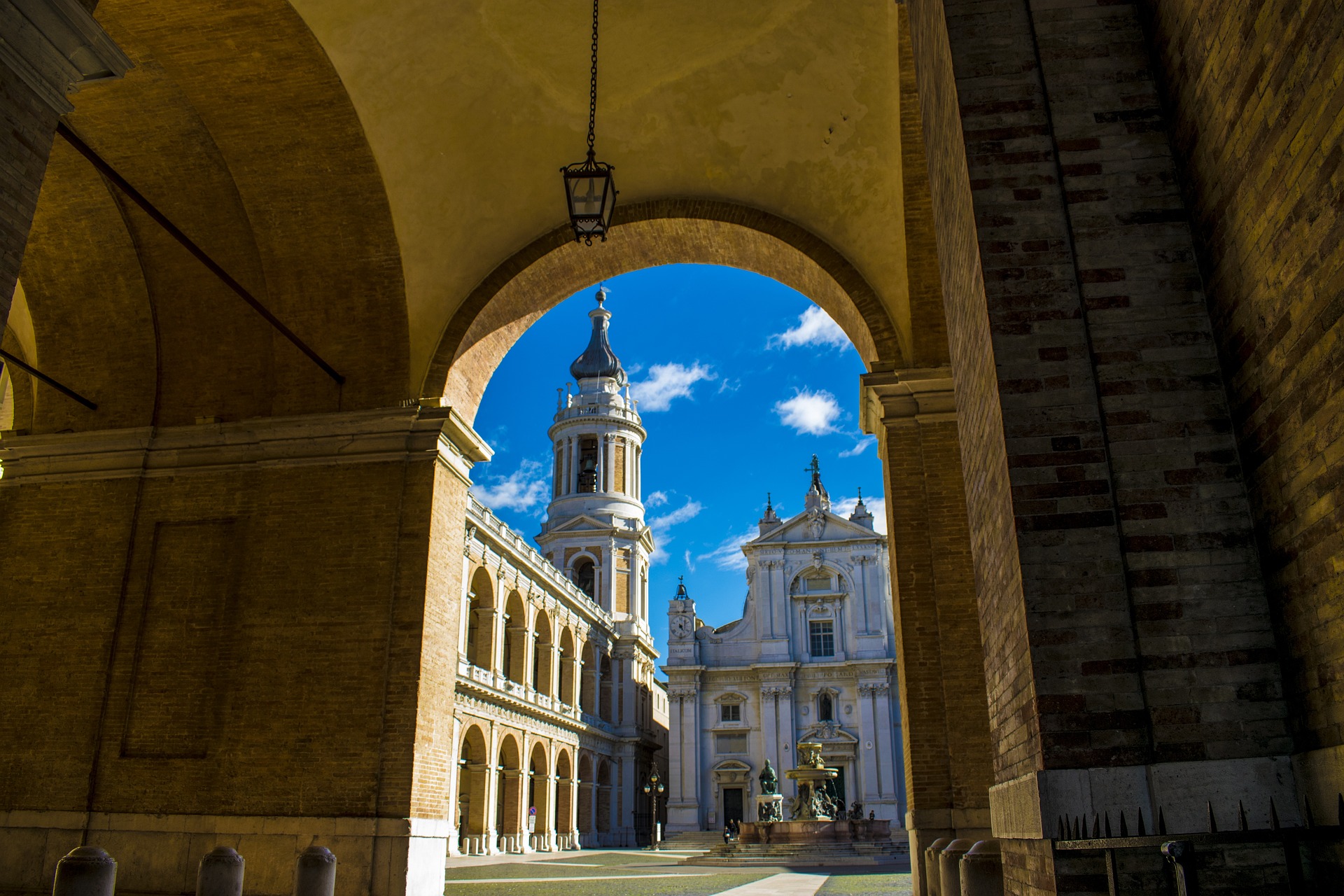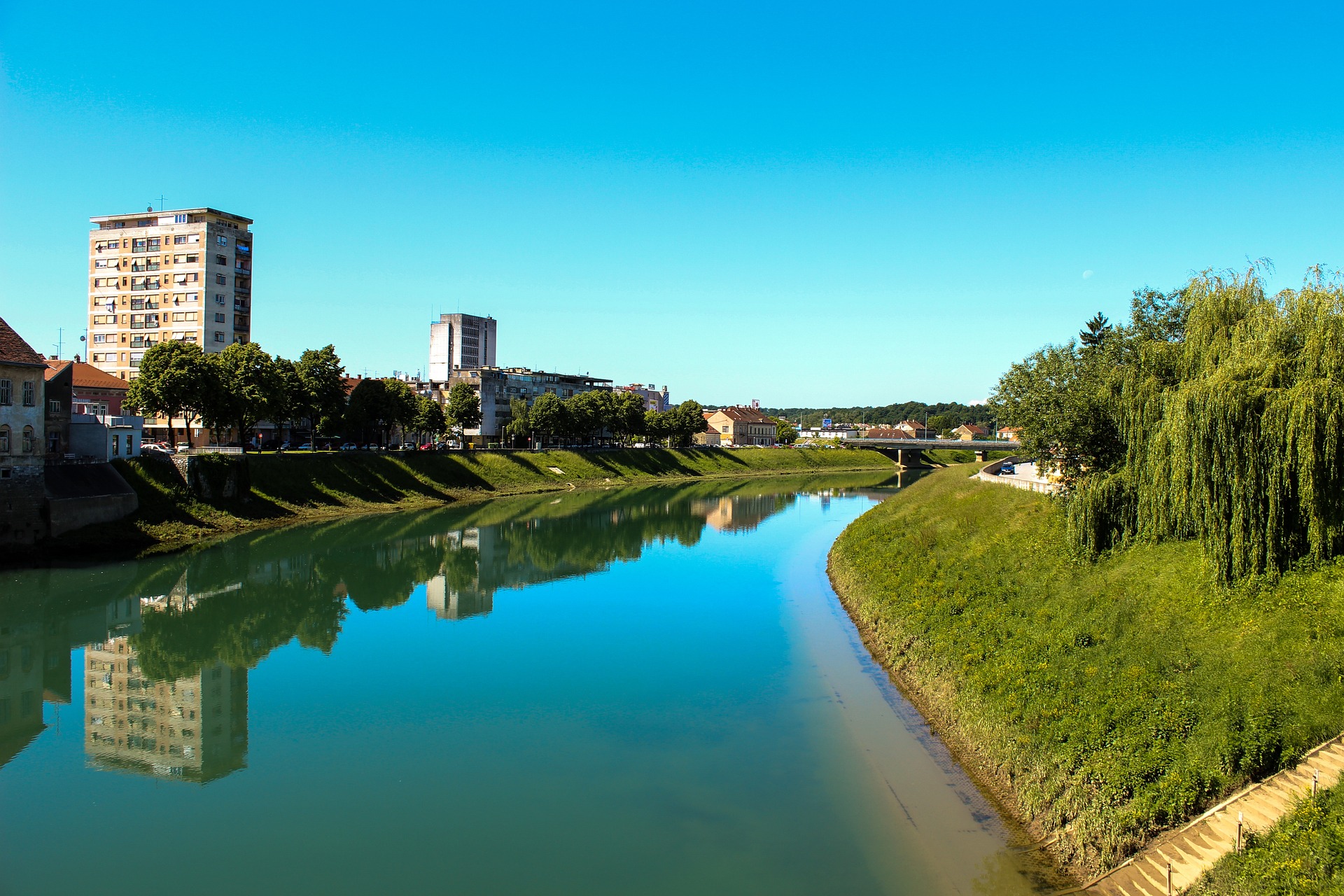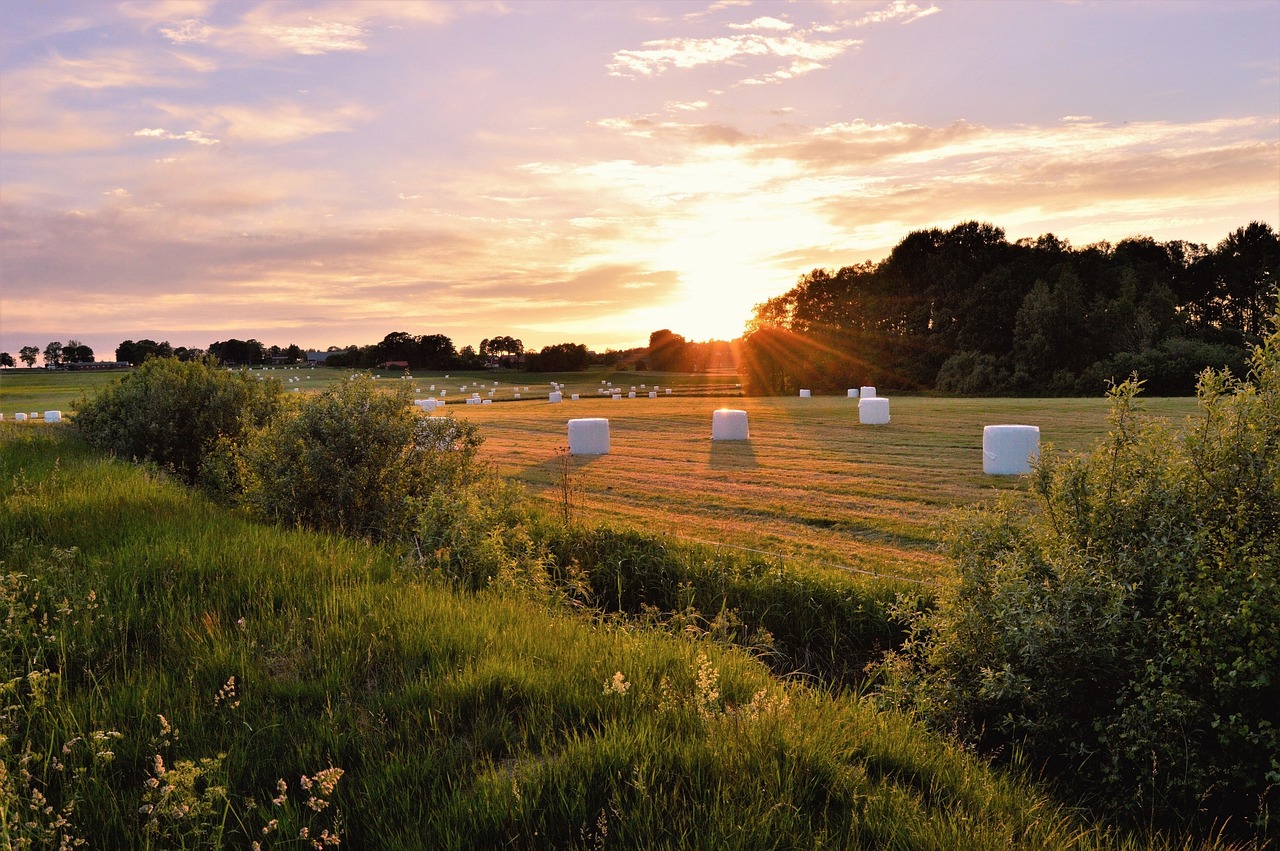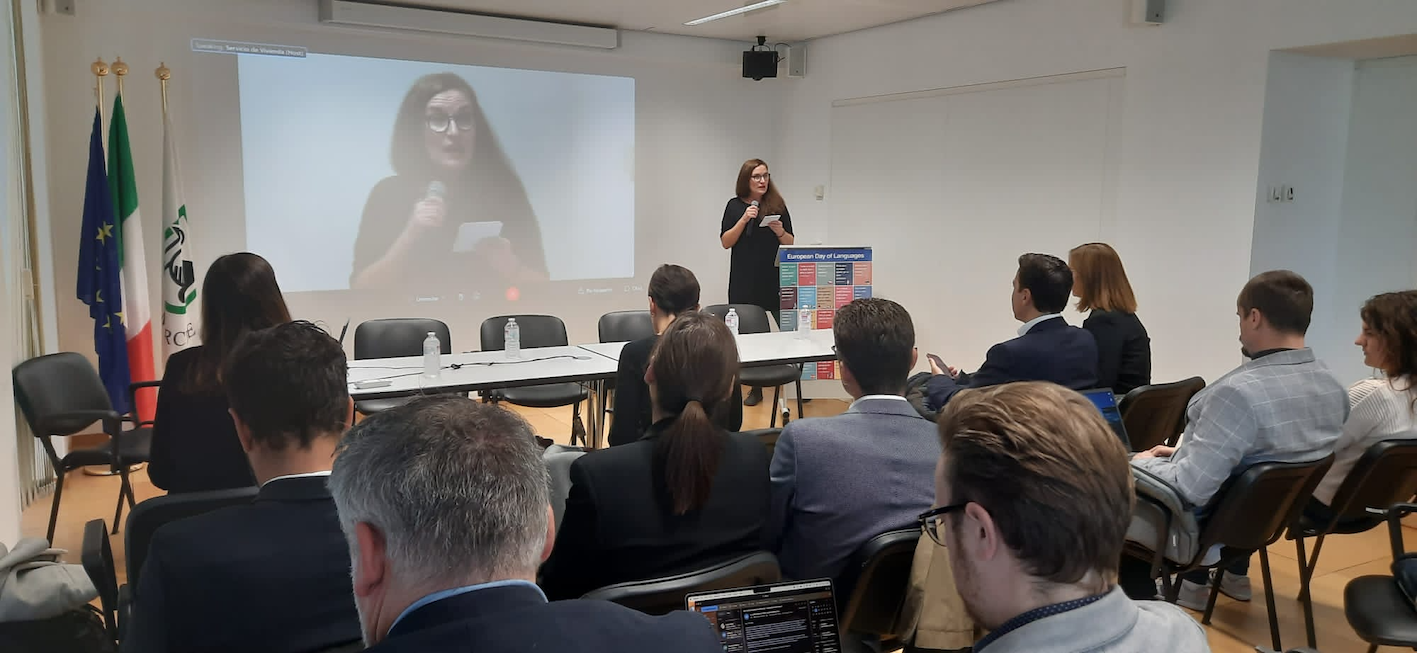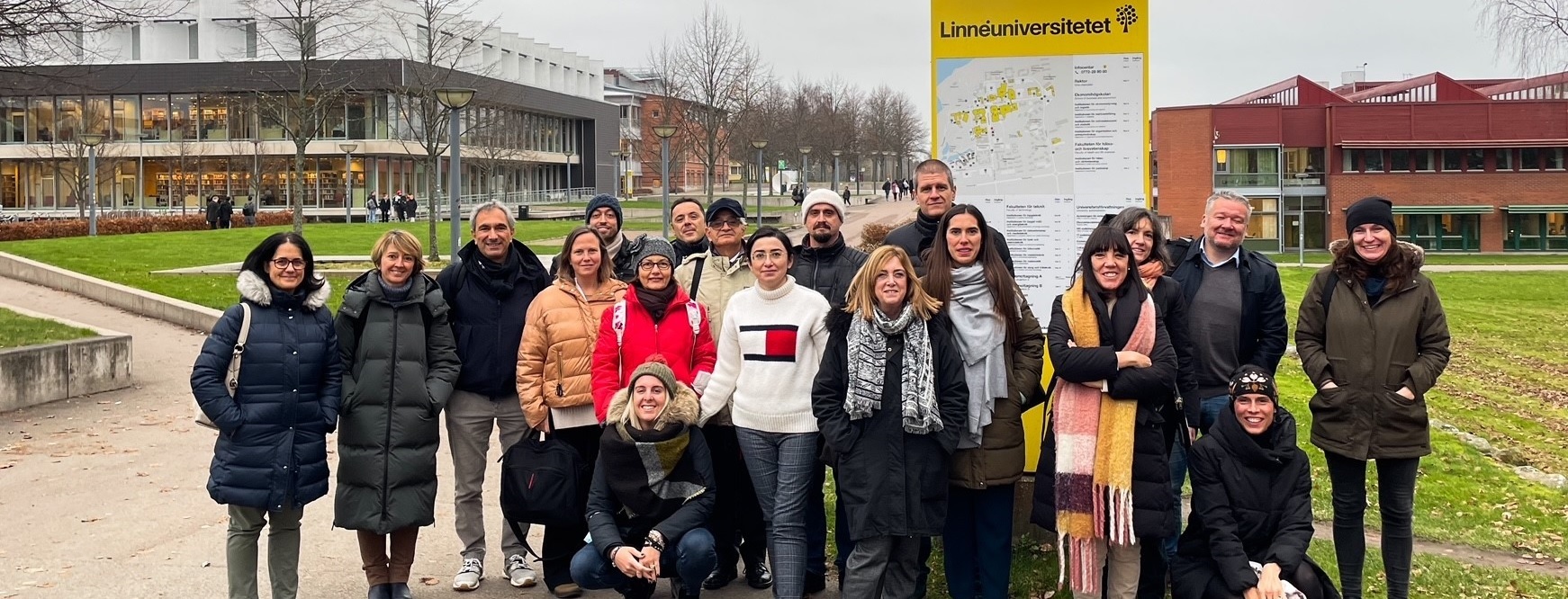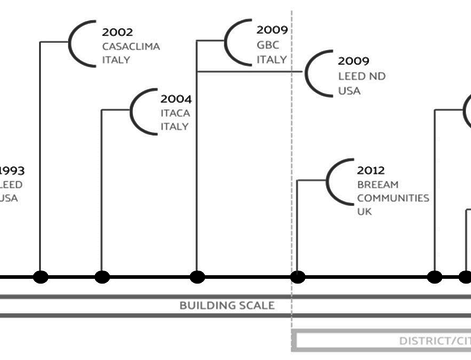The last, fifth semester of the LC District project is coming to an end. Unfortunately, the entire project has been significantly affected by the global pandemic situation, so most of the consortium meetings and study visits have taken place online.In the last semester, however, the anti-epidemic measures were slightly relaxed and we finally managed to meet, even twice. The consortium voted on the meeting locations and chose the Italian Marche region and the Småland Region in Sweden.
As part of our study visit to Italy, we visited the town of Urbino. We toured the UNIURB Scientific Campus District, which is powered by a cogeneration unit, and learned about the city's commitment to join the Covenant of Mayors. We then moved on to the city of Pesaro to visit the Brancati School, which was built to the building standards that allowed the school bulding to be awarded LEED Platinum certification. On the second day of the visit, we went to the town of Camerino, where we visited the kindergarten and primary school that were affected by the 2016 earthquake and the public housing building in Tolentino. Finally, we were introduced to the application of the ITACA protocol tool on buildings at the urban scale. Watch a short video of the study visit made by the organizers.
In Sweden, we were welcomed by our Swedish partners from the Linnaeus University, Department of Forestry and Wood Technology. During the first day we visited the modern City Hall and Central Station in Växjö and learned about the local wood building policy and decision framework. We also visited a low carbon school in Torparskolan and were introduced to the READY project. On the second day of the study visit we went to Uppvidinge district to the city of Åseda where we were introduced to the Uppvidingehus housing project with battery power storage using solar energy and waste water, and to the local districts heating system. The visit ended again at the Linnaeus University with a tour of two University buildings.
A consortium meeting was also held at both locations to discuss the next work plan in order to complete everything that was the aim of the project by the end of the fifth semester.
We are very happy that we were able to meet again in person at the end despite the unfavourable pandemic situation that prevailed for almost the entire duration of the project.
Marche Region


Småland




